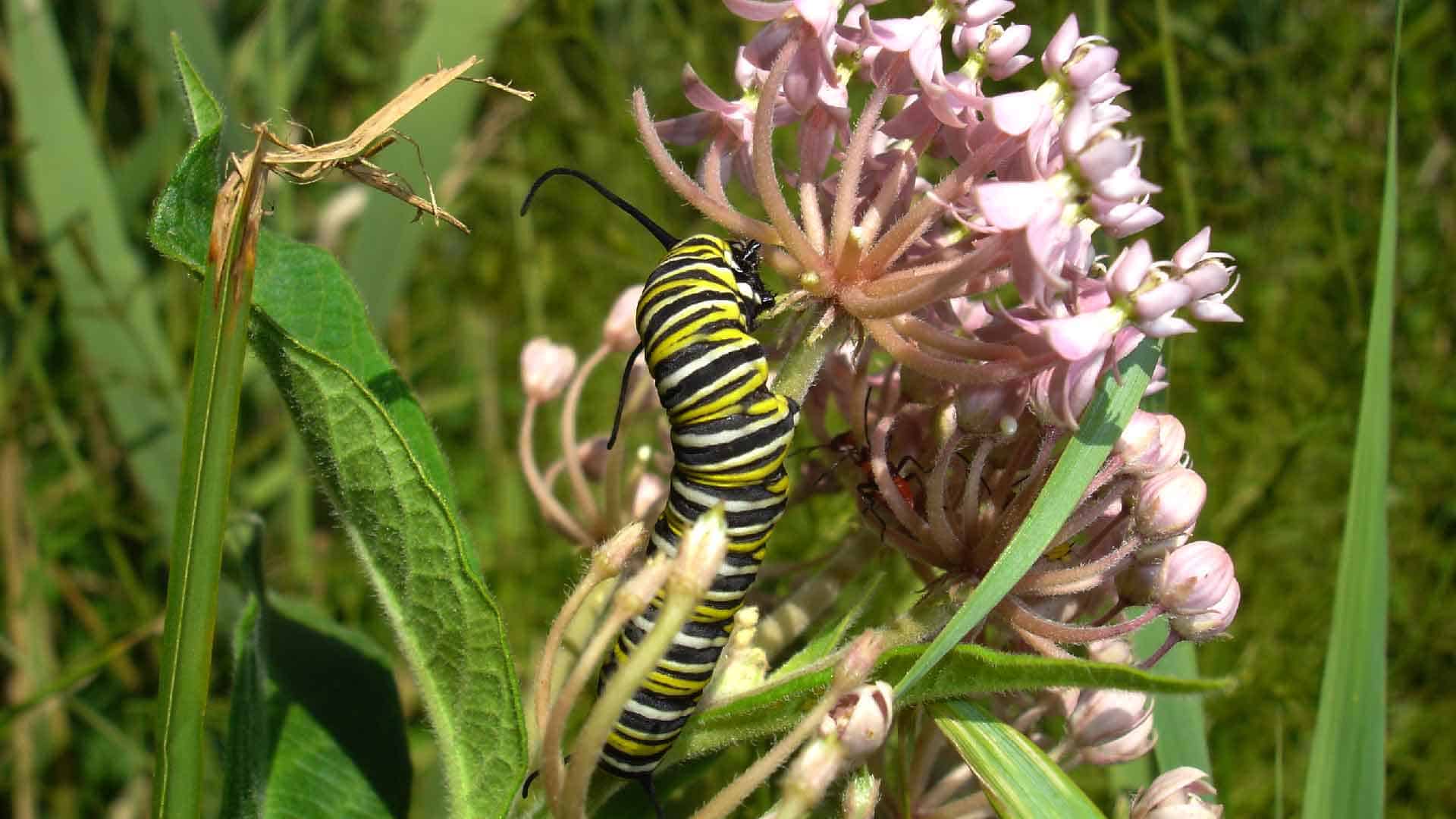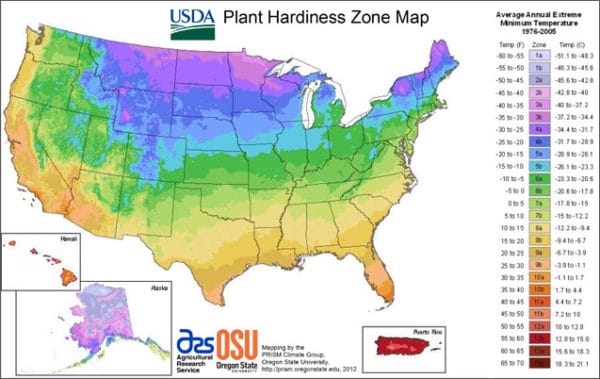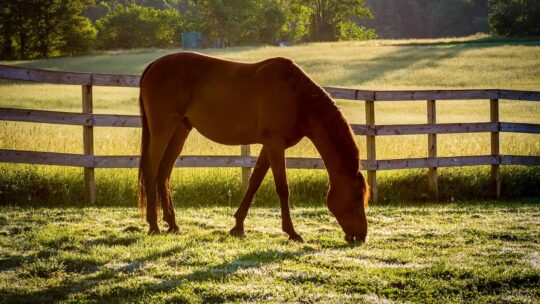
The days are turning warmer and thoughts of spring gardening are likely beginning to brew. As you ponder ways to enhance your garden or backyard, you might be considering how to attract butterflies with plants. Perhaps, even creating your own butterfly garden. (Photo Courtesy – NABA North Jersey Butterfly Club)
Environmental scientist-turned-professional bass angler Grae Buck says butterflies and gardens are mutually beneficial. Butterflies utilize flowering plants’ nectar and provide important pollination in return. But, there’s an even better reason for homeowners to consider them. Creating a habitat to attract and support butterflies can help stem the effects of increased development, herbicide and pesticide use, invasive species, and climate change on the butterfly population. Case in point: Monarch butterfly species are becoming slowly endangered.
Ready to beautify your yards and provide critical habitat for our winged allies? If so, consider following Grae’s easy tips.
Creating a Butterfly Habitat
Butterflies require open space, sun, water, and close proximity to native plant species they can feed and lay eggs on. As ectotherms, butterflies can’t regulate their body temperature, so they rely on the sun’s warmth to function. If possible, plant your butterfly garden in a yard area that receives six or more hours of daily sunlight, as butterflies often only feed in full sun.
Butterflies require water but aren’t able to drink from birdbaths or fountains. Wet soil is their ideal water and mineral source. Watering daily with a garden hose to create a puddling site will provide butterflies an ample hydration station. Be sure to locate your butterfly garden away from bird feeders in order to safely separate your garden and wildlife.
Prime Butterfly Garden Plants

In addition to needing plants to feed on, butterflies also require appropriate plant species to lay their eggs on. These “host plants” include trees, shrubs, and herbaceous species. Butterfly larvae will use them as hatching sites, as well as a vegetation supply for food. Planting appropriate species for caterpillars—as well as flowering plants to provide sugary nectar for mature butterflies—is a practice any homeowner can undertake to create a hospitable environment that attracts butterflies.

RECOMMENDED VIDEO:
Find Your Plant Hardiness Zone
When choosing what kind of plants to put down in their yard, most homeowners think of the what and the where. A beautiful plant in a prime location enhances curb appeal and even bragging rights. Less thought is given, however, to understanding your USDA plant hardiness zone, and all the ramifications that come with them. Watch this video to be sure you know your zone for gardening success.
Grae suggests always selecting native plants to attract butterflies. They will already be adapted to your specific climate and geographic location and will provide the most benefit to your native butterfly species. Although Monarch caterpillars only eat Milkweed, other caterpillar species will often feed on a variety of plant species. Plant species considerations vary by butterfly species, and include flower color, scent, shape, blooming time (both daily and seasonally), plant height and more. Butterfly species also have varying proboscis lengths, so planting a variety of flowering plant species will ensure there are options for different butterfly species that may pay your garden a visit. The National Wildlife Federation provides helpful information on regional plant options for both caterpillars and butterflies in this useful plant finder.
The best plants for your yard will vary by climate and geographic location. But, we’ve curated a list below of the top 10 native plant species to attract butterflies to make it a little easier for you. (Note: There are many cultivars of each species.)
Top 10 Plant Species to Attract Butterflies
- Aster Bee Balm
- Coneflower
- Goldenrod
- Hackberry
- Buttonbush
- Joe-Pye Weed
- Summersweet/Sweet Pepperbush
- Milkweed
- Verbena
- Black-Eyed Susan
Another excellent resource for caterpillar- and butterfly-friendly plant species is the Missouri Botanical Garden “Native Plants to Attract Butterflies” guide.



